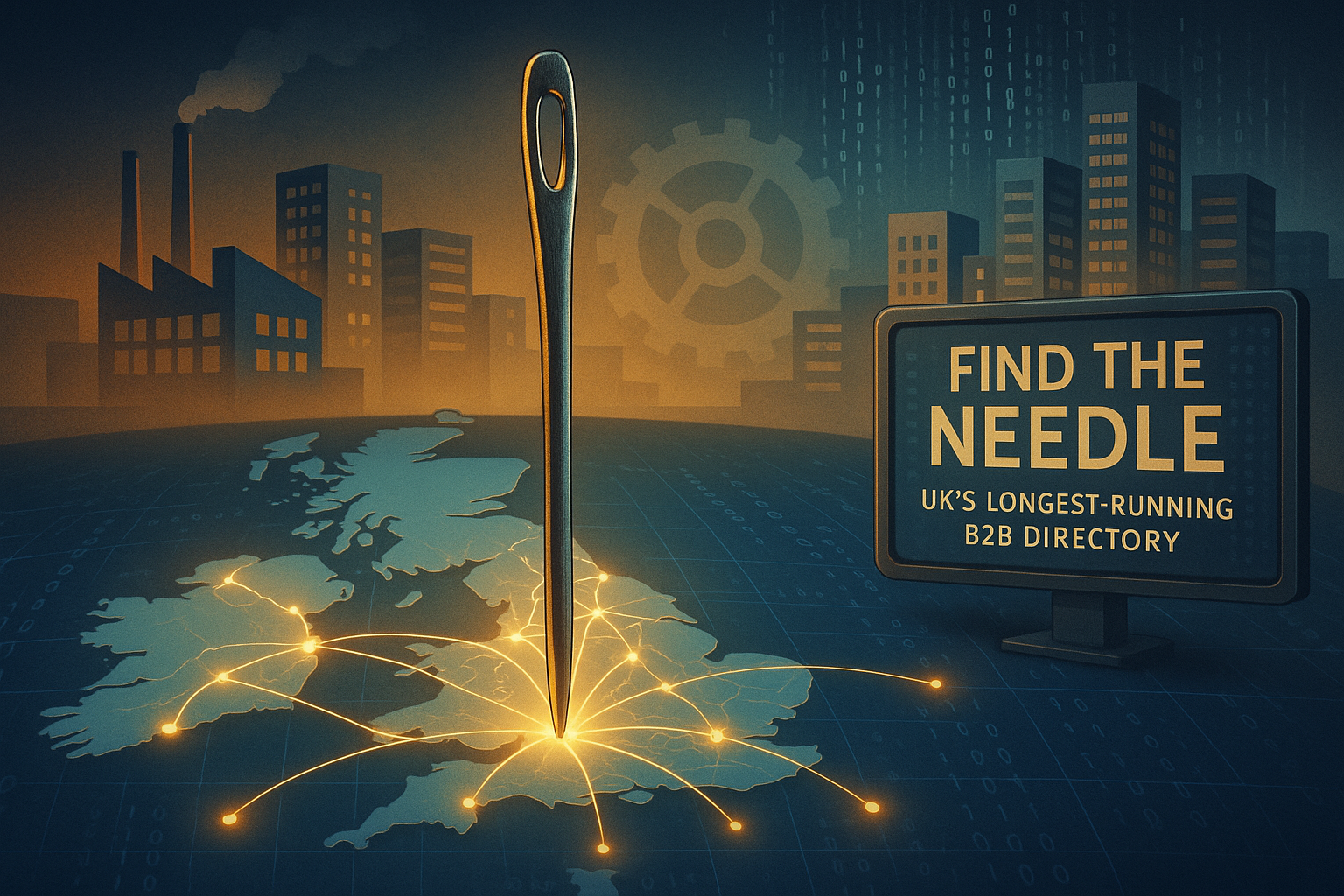Do Employee Benefits Matter?
- 07 Jan 2025
- Articles
Have you ever wondered how much your employee benefits package impacts your job satisfaction and overall work effectiveness? They matter more than you might initially assume. Benefits are, indeed, a significant contributor to employee engagement.
With the right employee benefits package in place, you can feel appreciated and valued by your company. This is where applications like this benefits app come in, helping employees understand and appreciate their perks better.
Therefore, if you're aiming to boost your job satisfaction or wish to make your workers more contented and productive, it is high time for you to delve into and optimize your employee benefits.
What Are Employee Benefits?
Employee benefits are advantages offered to employees beyond salary, such as health insurance and retirement savings plans. They vary across companies but significantly impact employee well-being and satisfaction.
Understanding Your Benefit Options
If you encounter unfamiliar benefits, consult your human resources department for clarification to fully understand your options.
Vesting Periods in Benefits
Vesting periods are time frames an employee must work before becoming eligible for certain benefits.
Changes in Employee Benefits Over Time
Employee benefits can change; new ones may be introduced, and others discontinued. Regularly review your benefits to stay informed.
Tax Implications of Benefits Choices
Some benefits, like health insurance and retirement plans, have tax advantages. Consult a tax professional to understand how your benefit choices impact your taxes.
Why Do Benefits Matter?
Benefits influence employee perception and hiring decisions. A one-size-fits-all approach is outdated; employers need to invest in benefits that enhance workforce well-being.
Benefits in Decision-Making
For many job seekers, benefits are a deciding factor. Studies show 80% of employees prefer additional benefits over a pay raise, valuing employers who support them during crucial life moments.
'Moments that Matter'
These are significant events impacting an employee's experience and perception of the employer. Addressing these moments with appropriate benefits fosters a positive work environment.
Enhancing Satisfaction and Loyalty
Supporting employees during critical moments increases satisfaction and loyalty. Research indicates 64% expect support during personal matters outside work, and tailored benefit strategies can positively impact employee well-being.
Employee Engagement and Loyalty
A positive workplace culture fosters engaged employees, leading to business success. Engagement goes beyond happiness levels; it involves employees' enthusiasm and commitment to their work and workplace.
-
Performance Management: Viewing employees as stakeholders and providing clear expectations and growth opportunities encourages engagement.
-
Engagement Levels: According to Gallup's research, winning workplaces have an average engagement level of 72%, correlating with business prosperity.
-
Economic Resilience: Engaged employees enhance profitability, productivity, and customer perception, helping businesses thrive even during economic challenges.
Focusing on true engagement rather than mere satisfaction leads to higher retention, productivity, and profitability.
Types of Employee Benefits
Employee benefits are indirect compensation offered beyond salaries. Organizations provide various programs, policies, or services to support their staff.
Insurance and Retirement Plans
Employers may offer health insurance (medical, dental, vision), life insurance, disability insurance, and retirement savings plans.
Monetary and Performance-Based Benefits
Commissions, bonuses, profit-sharing, and stock options reward employee contributions and promote loyalty.
Work-Life Balance
Paid time off, flexible work hours, family leave, and skills development opportunities enhance work experience.
Financial Security
Retirement benefits, workers' compensation, living stipends, and student loan repayment programs support employees' financial well-being.
Lifestyle and Wellness
Wellness programs, fitness benefits, mental health coverage, and other services show a commitment to employee well-being.
Professional Growth
Tuition reimbursement and professional development stipends demonstrate investment in nurturing talent within the company.
Living Expense Assistance
Assistance with commuting costs, housing, or moving expenses acknowledges the importance of work-life balance.
Costs of Offering Benefits
Offering benefits involves significant costs. On average, benefits constitute about 30% of total compensation expenses.
-
Benefit Costs: Employers spend an additional 30 to 40 cents on benefits for every dollar of wages.
-
Retirement Plan Expenses: Administering retirement plans like 401(k)s can cost between $2,000 and $4,500 annually for small businesses.
-
Alternative Benefits: Offering employee stipends allows customization and cost control.
Benefit costs vary based on industry, location, and the types of perks offered.
Health and Wellness Programs
Wellness programs have varying participation rates but can offer significant benefits, including cost savings and enhanced productivity.
-
Participation Rates: Incentives may increase engagement; about 50% of staff complete health assessments when incentivized.
-
Effectiveness: Evidence of significant health improvements is limited, though some modest benefits are reported.
-
Economic Benefits: Wellness programs can be cost-effective, potentially recouping investment through lower healthcare costs and productivity gains.
Despite inconsistent outcomes, well-designed wellness programs can improve employee health behaviors.
Financial Security Plans
Promoting financial health ensures employees have a stable future.
Insurance Protections
Offering insurance safeguards employees' assets and earnings, protecting dependents against unforeseen circumstances.
Budgeting and Savings
Providing guidance on budgeting empowers employees to manage their salaries effectively, balancing needs, wants, savings, and debt repayments.
Automated savings and high-yield accounts encourage building emergency and retirement funds.
Debt Management
Tools for debt management, such as incentives for extra payments, help employees reduce financial stress, enhancing productivity and job satisfaction.
Flexible Work Arrangements
Flexibility in work schedules is increasingly valued by employees.
Preference for Flexibility
About 83% of employees prefer flexible work schedules over unlimited vacation or professional development opportunities.
Companies offering flexibility see higher employee retention rates.
Impact on Work-Life Balance and Productivity
Approximately 73% believe flexible hours improve work-life balance, and 71% report increased productivity.
Flexibility Influences Job Choices
Around 61% are more inclined to choose jobs providing flexibility; it also enhances job satisfaction.
Unique and Innovative Benefits
Companies are offering unique benefits tailored to diverse employee needs, such as assistance during significant life events.
For example, workplace divorce benefits provide financial and legal support during divorce.
|
Company |
Benefit Type |
Service Provided |
|
SupportPay |
Caregiving Support |
Financial and legal assistance for child support and senior care. |
|
Fairwell |
Divorce Assistance |
Legal services to navigate divorces. |
|
Wellthy |
Workplace Productivity |
Solutions for enhanced collaboration and productivity. |
|
Ellucian |
Innovation Culture |
Fosters an inclusive culture for innovative technology solutions. |
|
Table: Unique Employee Benefits Offered by Companies |
||
Mental health-friendly benefits are on the rise, prioritizing employee well-being. Companies are also embracing diversity and inclusion, offering benefits addressing significant life events like divorce or caregiving. Innovations extend to facilitating hybrid workforces with virtual collaboration tools.
Your Benefits, Your Choice
Enhancing your benefits package can significantly boost employee satisfaction and loyalty. Innovative plans like an employee rewards app, health programs, and flexible work arrangements make for a compelling proposition.








